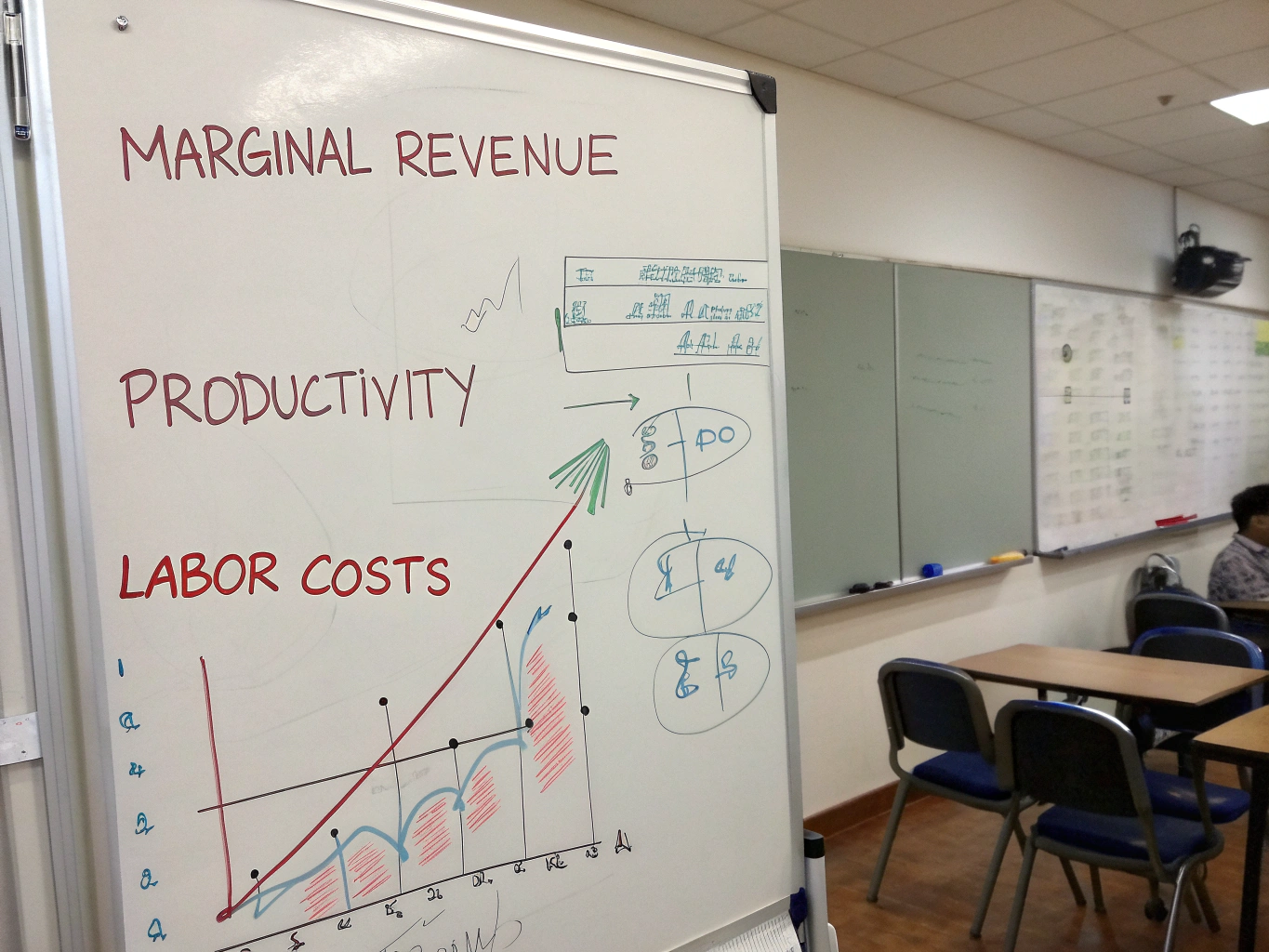How Marginal Revenue Productivity Theory Explains Wages
Understanding how wages are set in today's complex labor markets can feel overwhelming. However, the marginal revenue productivity theory offers significant insights into this question. This economic theory helps demystify wage determination and shines a light on the interplay between productivity and pay.
What is Marginal Revenue Productivity Theory?
The marginal revenue productivity theory (MRP) posits that a worker's wage is determined by the additional revenue generated by their contribution to production. Simply put, each employee's wage reflects the value they bring to the company in terms of profits. This means that if a worker can produce more valuable output or sell more goods, they become more valuable to employers.
Wage Determination Theory
According to the wage determination theory, wages are not set arbitrarily. Instead, they align closely with the marginal productivity wage explanation. When companies evaluate the profitability of hiring an additional worker, they consider how much extra revenue that worker can bring in. If the additional revenue exceeds the cost of hiring that employee, the company is likely to move forward with the hire.
How Wages Are Set
So, how exactly are wages set? The MRP theory suggests several factors:
-
Productivity: The more productive a worker is, the higher their potential wage. Highly skilled workers who can contribute to higher revenue generation will naturally earn more.
-
Market Competition: In competitive labor markets, companies often vie for skilled workers, which can push wages higher for those in demand.
-
Economic Conditions: Economic theory of wages indicates that during periods of economic growth, employers can afford to pay higher wages due to increased demand for goods and services.
MRP and Labor Markets
The relationship between MRP and labor markets is crucial. Labor markets consist of various job categories that require different skill levels. High-demand fields often offer higher wages due to the competition to attract qualified individuals. Hence, understanding MRP helps indicate which jobs will pay the best based on their productivity potential and the associated demand in the market.
The Connection Between Productivity and Pay
A core concept within the economic theory of wages is that productivity directly correlates with pay. Companies that can enhance their workers' productivity are likely to offer higher wages. This creates a feedback loop: as wages increase, employees are often more motivated to enhance their productivity, further benefiting the workplace.
FAQs
Q1: What is the main premise of marginal revenue productivity theory?
A1: The primary premise is that wages are primarily determined by the additional revenue generated by the worker's output.
Q2: How does marginal productivity affect wages?
A2: Higher marginal productivity leads to higher wages since employers are willing to pay more for workers who generate greater revenue.
Q3: Is the marginal revenue productivity theory universally applicable?
A3: While widely accepted, real-world factors such as job security, union agreements, and local labor laws can influence wage-setting beyond MRP.
Q4: Can productivity increases lead to wage increases?
A4: Yes! When employee productivity rises, businesses may increase wages to reflect the higher value created.
Understanding the marginal revenue productivity theory provides clear insights into the mechanics of wage determination. It combines productivity and profitability, making it an essential model for analyzing labor markets.
To supercharge your understanding of productivity and success, check out our resource bundles that offer immense value:
In conclusion, recognizing the essential elements of the marginal revenue productivity theory equips you with the knowledge to evaluate wages effectively in various job markets. Understanding this theory isn't merely academic; it's a practical tool to navigate your career paths and salary negotiations successfully. Keep exploring, stay informed, and utilize resources that enhance your efficiency!


